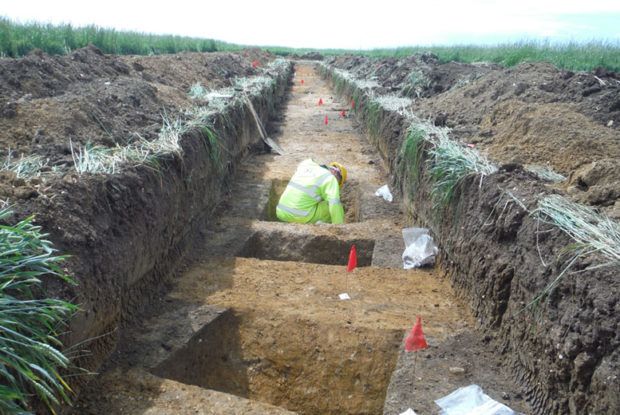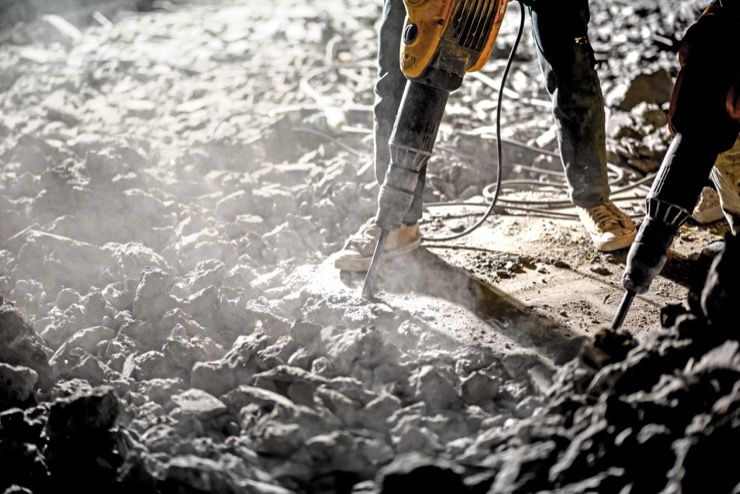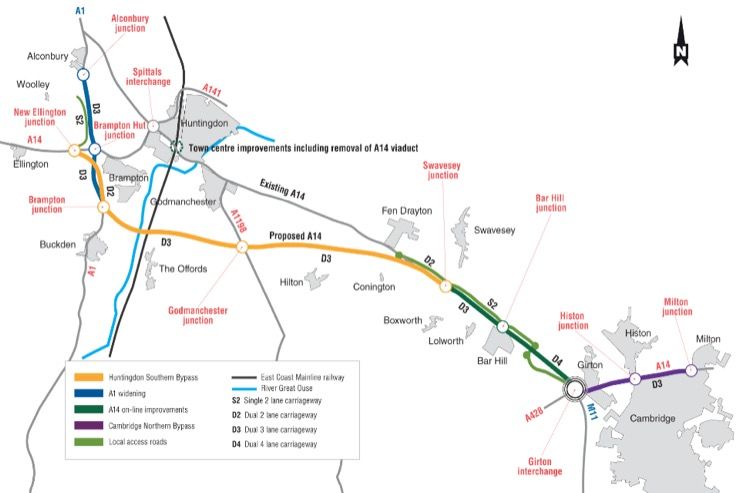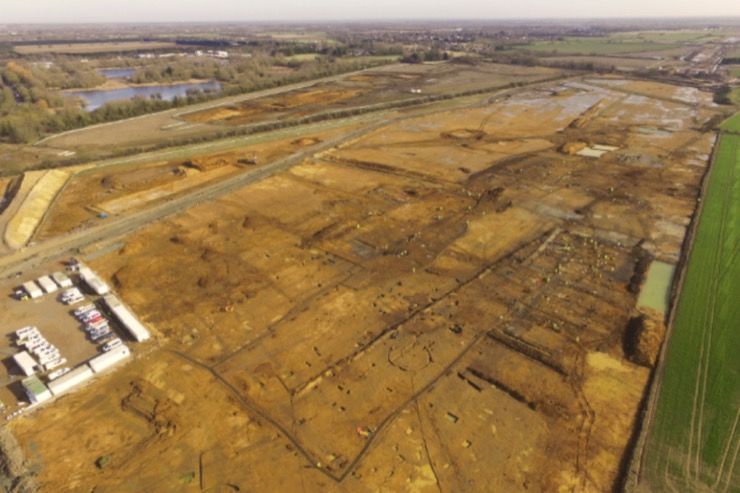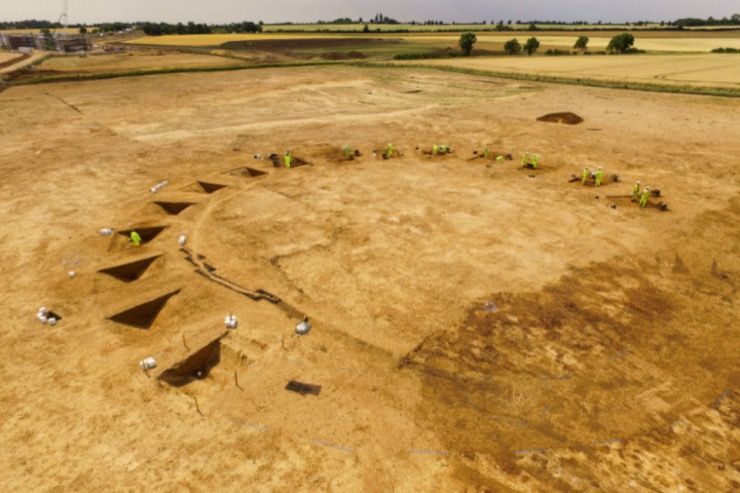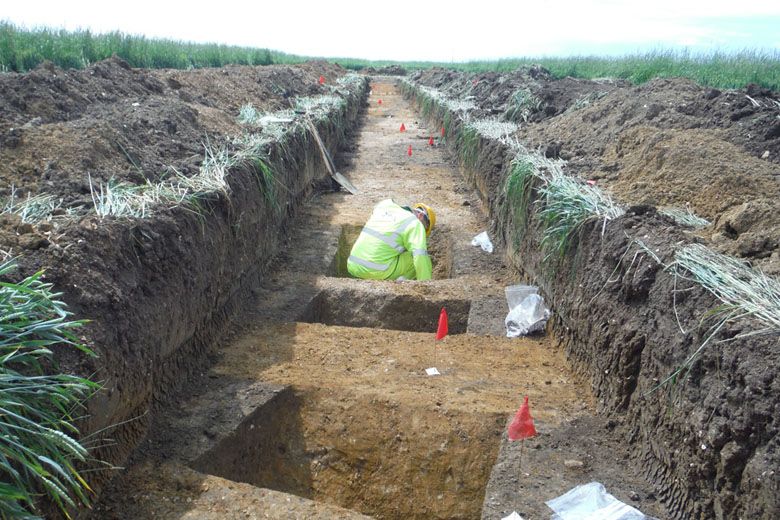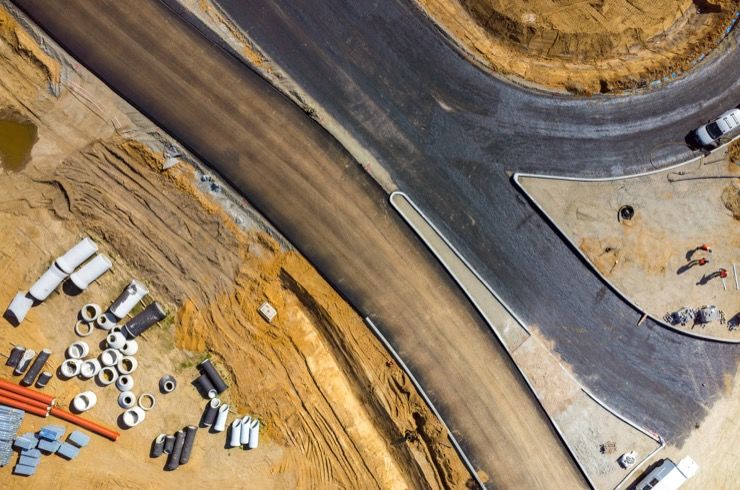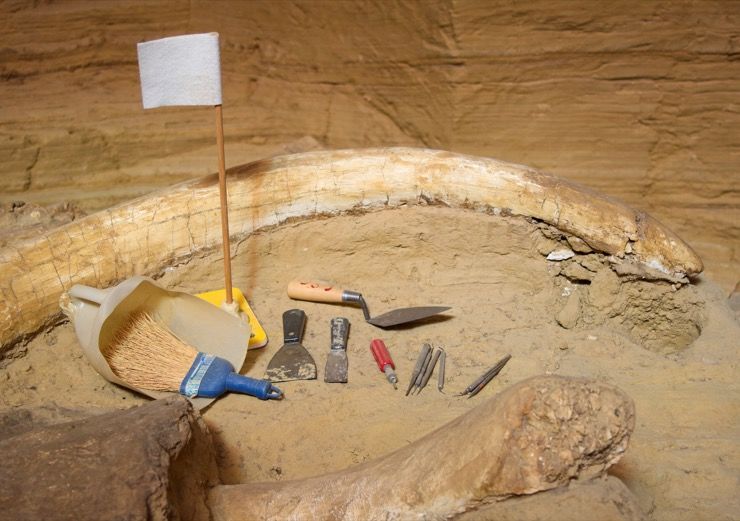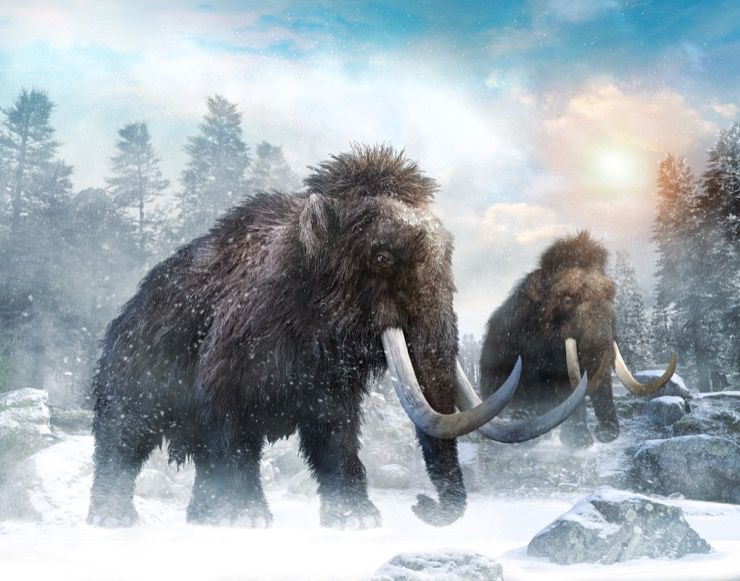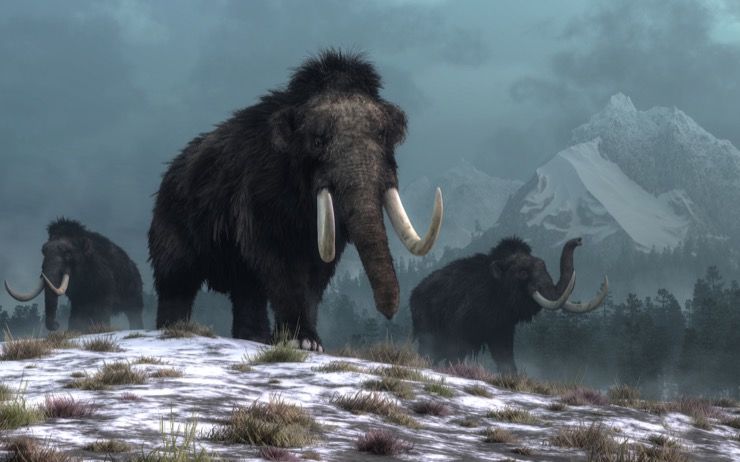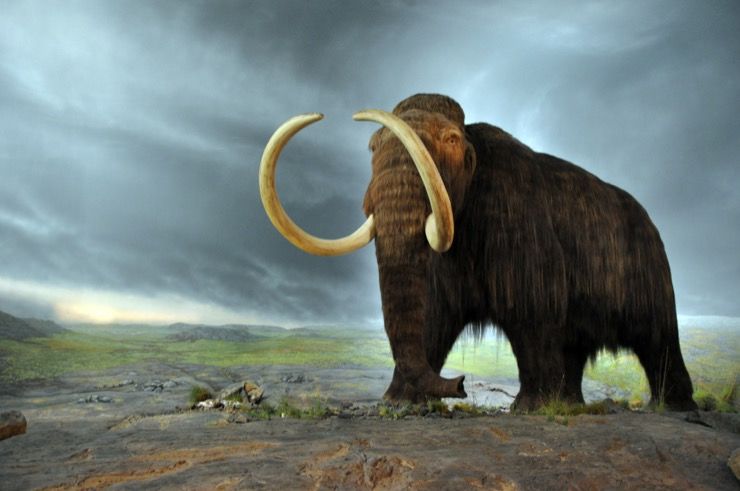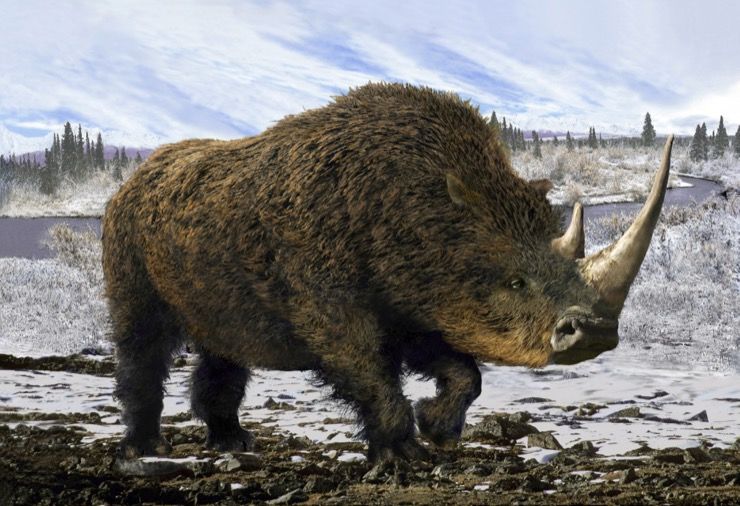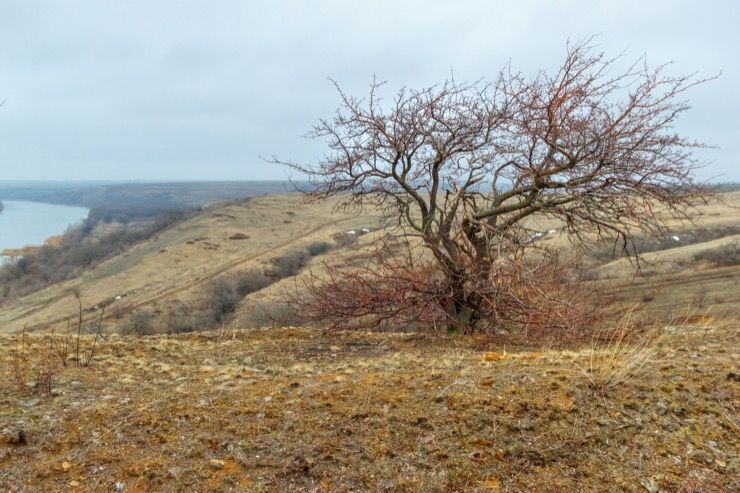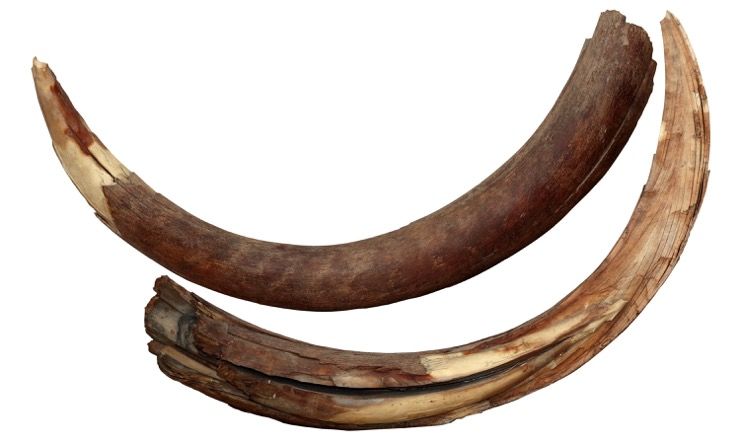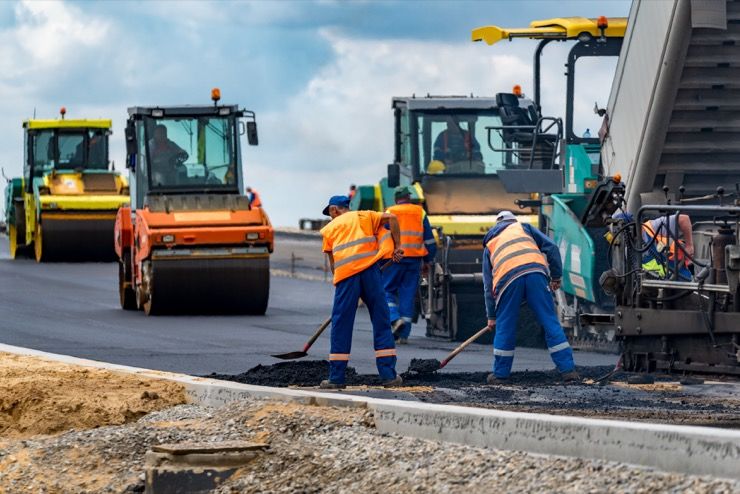No one likes traffic and it seems like if you live in or around a big city these days you face this particular challenge daily. Between the rising number of drivers on the road and the crumbling infrastructure of roadways and bridges that need to be constantly repaired, it’s an unavoidable problem. It’s also getting worse with each passing year.
Necessary though they are, costly road repairs mostly only serve to make traffic even worse. Every now and then though, the resultant excavations performed beneath existing motorways will unearth something heretofore unseen. Take for instance the recent repairs done to Cambridge’s own A14 roadway.
Cracking Down
Construction teams worked through the night. The cracked chunks of rock were removed from the scene, pulled away in great dump trucks and hauled off to be pulverized and reused elsewhere. Meanwhile, workers continued to dig into the earth, making certain that it was level and ready to support a future infrastructure for many years to come.
Expensive Motorway
The $1.9 billion repair to the A14 Cambridge to Huntingdon motorway project first began in 2016. For those who are not aware, the project is only at the beginning stages of what will be a monumental undertaking, one that isn’t scheduled to finish until December of 2020. That date has since been moved back thanks to what they found beneath the 21-mile stretch of road.
Many Finds
The most recent finds have involved things like Iron Age settlements, pottery kilns built by the Romans, Prehistoric henges, and even a deserted medieval village. The A14 construction team even found three Anglo-Saxon villages while building the motorway. In fact, so much was found that the people in charge of the project had to build a committee to organize the whole thing.
Working Together
The A14 higher-ups, seeing what they were dealing with, decided to work with the Cambridgeshire County Council to develop a team of qualified archaeologists to come in and unearth what they found as carefully as possible. It was for this very reason that the Highways England Cultural Heritage Team was created.
Heritage Team
Dr. Steve Sherlock is the leader of this project when it comes to the A14. “All of these finds are a testament to the rich history of the region, and in particular this local area around the A14 in Cambridgeshire,” Sherlock explained in a recent government interview. He went on to speak about how crucial these discoveries will ultimately be for posterity.
Rich History
Dr. Sherlock has helped catalog and transport all the found artifacts over the past few years but the most recent discovery has been one of the oldest and most thrilling in his opinion. In fact, the skeletons the diggers recently unearthed might be well over 100,000 years old and are something both primal and fascinating.
Rare Specimens
Highways England experts worked alongside archeologists and even a few borrowed paleontologists to investigate the prehistoric skeletons discovered beneath the A14. The remains of extinct animals have always been able to captivate people of all ages. The remains they found most recently are no different.
Extinct Animals
The team discovered the partial remains of a woolly mammoth and woolly rhino, which they confirmed to both be at least 100,000 years old. The bones were found in what is presumed to be an ancient river near Fenstanton. The initial findings didn’t indicate anything about how the animals died, but the team had some ideas.
Steep Decline
Both animals survived through the end of the last Ice Age, which ended about 9,700 BC. Known as the Pleistocene Epoch, this period initially saw quite a few mammalian creatures thriving as humanity did everything it could to outlast the worldwide winter. The end of the Pleistocene saw a steep decline in the number of mammalian megafauna around the world.
Mammoth History
Woolly mammoths were plentiful in those days. Closely related to today’s Asian Elephant, these remarkable creatures were easily identified by their thick brown coats of fur and their distinctive curved tusks, both of which were used by early humans to make clothing, tents, and weapons. Males were larger and are presumed to have weighed upwards of six tons.
The Last of Them
The last woolly mammoths survived past the Ice Age and may have lived on in the Arctic until around 1,560 BC. For comparison, 1,560 BC is about a thousand years after the Pyramids of Giza were built by the Ancient Egyptians. That means that mammoths were still likely thriving in some northern climates long after our ancestors began building monuments to themselves.
Remaining Relatives
Woolly rhinoceros, on the other hand, were slightly smaller than their elephantine cousins and weighed in at only about a ton each. This, of course, makes them a bit bigger than their modern rhinoceros cousins. The term cousins is applied lightly here because modern rhinos have more in common with pre-Pleistocene indricotherium than wooly rhinoceri.
Shaggy Rhinos
These creatures were also covered in shaggy brown coats, had two distinctive horns on their heads, and survived up until about 15,000 years ago. This is when they went extinct in Britain anyway. It’s possible that some populations lived on in parts of Siberia until much later. Eventually, though, even these rugged holdouts probably went the way of the Dodo.
Global Warming
The reason for the extinction of these might mammals is likely the same reason humanity was eventually able to thrive. The end of the Ice Age saw a period of global warming that changed the previously frigid northern regions into temperate environments. Rivers melted, the climate warmed, and humans became bold enough to begin hunting these creatures more frequently.
Bitter Cold, Bitter End
Before this, mammoths and woolly rhinos had been adapted to live on the cold grasslands that lay just south of the northern glaciers. Their thick fur and layers of body fat protected them from the bitter cold but weighed them down immensely when the environment changed. This is likely how the few specimens found beneath the A14 eventually came to be there.
Floodplain Pictures
Consultant Palaeolithic archaeologist Dr. Bill Boismier works with the organization and has been working to study how the bones can reveal what the floodplain environment that the A14 sits upon might have looked during the Ice Age. He believes that the bones, plant remains, insects, and even microscopic pollen grains will all help paint that picture for them in the end.
Unique Opportunities
Kasia Gdaniec is the Senior Archaeologist at the Cambridgeshire County Council. He believes that the team should also be mindful of the quarries in the area. Quarries are dug out in layers, which are therefore easily studied. They afford scientist unique opportunities to understand deep time periods of land formation and transformation.
Valuable Evidence
“Gravel quarries, such as the one at Fenstanton, provide valuable evidence of ice ages and warm periods, or interstadials,” Gdaniec explains. He added that they also require specialist investigation to interpret the evolution of the landscapes when it comes to mineral deposits and the way different sediments build upon one another.
Studied In London
The latest discoveries of these amazing Ice Age animals will be sent to London to be properly examined and preserved by specialists. This is the method by which all the myriad artifacts the team has found under the A14 are preserved for posterity. Nevertheless, Dr. Sherlock believes that their portion in all this is nearly done.
Excavation Ending
“Although our excavations as part of this work will soon be finished,” Sherlock explains, “Highways England will continue to respect our country’s environmental and cultural heritage across all of our improvement schemes, and we’ll be ensuring that the finds from our work on the A14 are well preserved and accessible to residents.”
